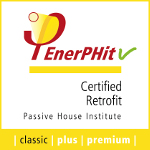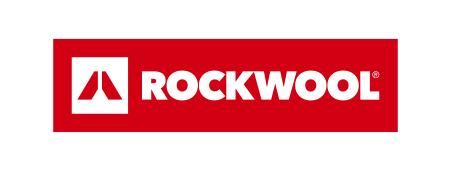Passive House (Passivhaus) represents today’s highest energy standard, with the promise of reducing the energy consumption of buildings by up to 85% in California while providing superior comfort and indoor air quality – all at minimal additional upfront cost. When coupled with renewable energy systems, such as solar, Passive House puts true zero energy buildings within reach. Passive House is a proven standard applied to more than 100,000 buildings in all climate zones.
Passive House Principles
A Passive House can be a school, an apartment building, a factory, an office, any building type. It can be modern, historical, vernacular, high or low – any design style as long as it follows these 5 principles.
1. Climate Appropriate Insulation Levels
2. Airtight Building Envelope
3. Thermal Bridge Free Design
4. High Performance Windows | Exterior Shading as required
5. Continuous Ventilation
Energy standards
Passive House Classic, Plus and Premium
 |
Passive House buildings are characterised by especially high levels of indoor comfort with minimum energy consumption. The Passive House Standard offers excellent economic efficiency especially for new builds. The Passive House Classes Classic, Plus or Premium can be achieved depending on the use of renewable energy sources. |
EnerPHit Classic, Plus and Premium
 |
EnerPHit is the established Standard for refurbishment of existing buildings using Passive House components. Despite the slightly higher energy demand, it offers virtually all the advantages of the Passive House Standard. The EnerPHit Classes Classic, Plus or Premium can be achieved depending on the use of renewable energy sources. Step-by-step retrofits can also achieve EnerPHit standard with the help of an EnerPHit Retrofit Plan. |
Low Energy Building
|
The PHI Low Energy Building Standard is suitable for buildings which do not fully comply with Passive House criteria for various reasons. |
Building Criteria
All standards can be applied in all climate zones worldwide. They apply for residential buildings as well as for most non-residential building uses (e.g. office and educational buildings).
Detailed building criteria (.pdf 723 KB) for the Passive House, EnerPHit and PHI Low Energy Building Standard.


